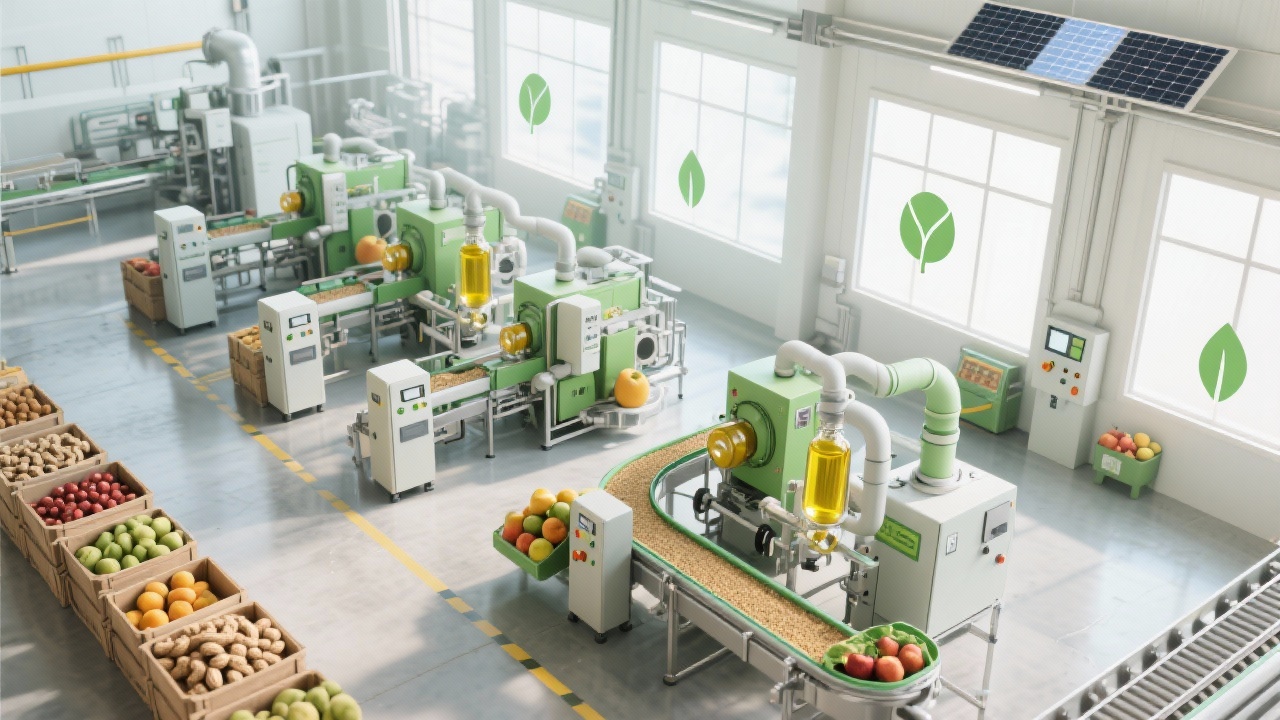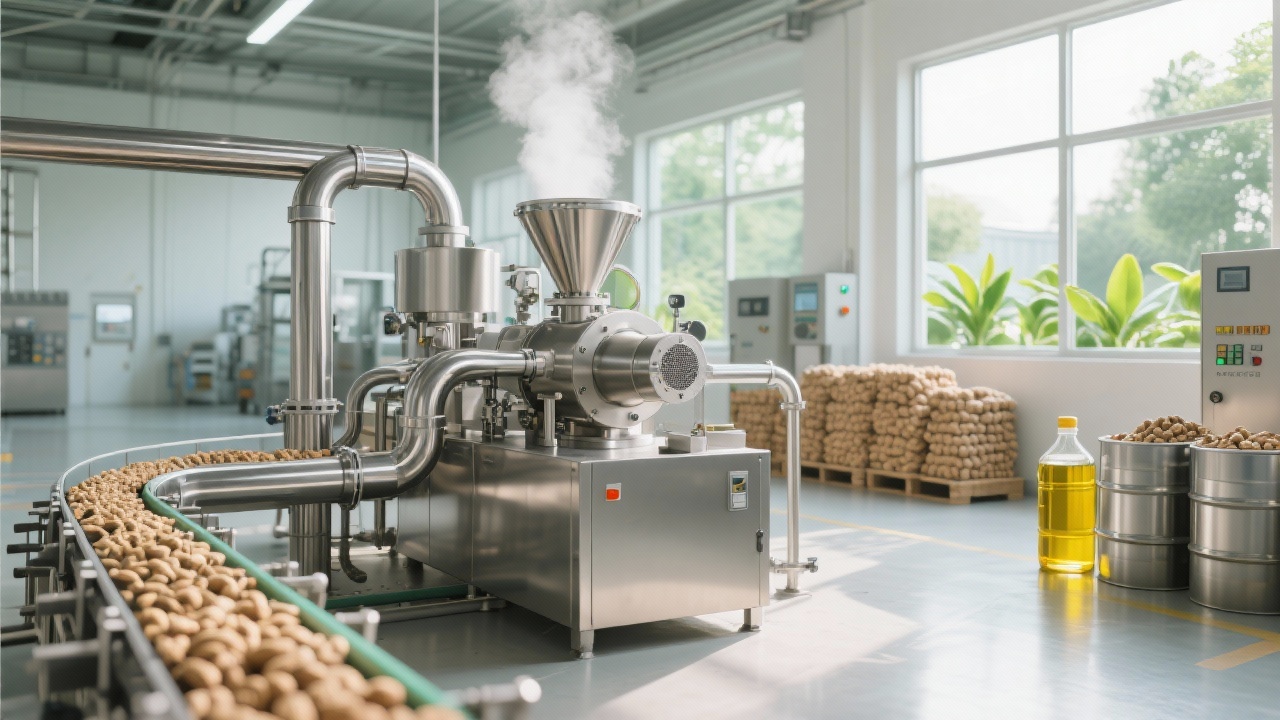Optimizing Hydraulic Press Lubrication and Seal Maintenance to Reduce Repair Costs
Master the essential practices for hydraulic press lubrication management and seal maintenance to minimize equipment failures and lower repair expenses. This guide covers daily inspection routines, troubleshooting common issues, and leveraging robust design features—such as those in Qingsheng Group equipment—to enhance operational efficiency and long-term reliability in oilseed processing plants. Data-driven strategies ensure sustainable performance gains.

How to Reduce Maintenance Costs in Hydraulic Presses: A Practical Guide for Oil Plant Operators
As a technical manager or maintenance lead at an oil plant, you know that downtime isn’t just about lost production—it’s about lost trust with your clients and margins slipping away. That’s why mastering lubrication management and seal maintenance is no longer optional—it’s a competitive advantage.
Check the Basics First: Don’t Skip the Hydraulics
Start with three critical checks monthly:
- Oil quality: Replace hydraulic fluid every 6–8 months under normal load (or every 4 months if operating above 40°C ambient). Contaminated oil can increase wear by up to 40%.
- Pressure consistency: Sudden drops (>10%) often indicate internal leakage or pump inefficiency—act before failure.
- Leak detection: Even small leaks from hoses or fittings can cause major system failures within 60 days if ignored.
Lubrication That Works—Not Just “Good Enough”
We recommend a structured approach:
| Component |
Recommended Grease Type |
Interval |
| Piston Rods |
EP Lithium-based (NLGI 2) |
Every 30 days |
| Bearings |
Calcium-sulfonate complex |
Every 60 days |
Our modular design allows quick access to all lubrication points—no more disassembly. This means less time spent and fewer errors during routine tasks.
Extend Seal Life Through Smart Choices
Seal failure accounts for over 65% of unplanned press shutdowns in mid-sized plants. Here’s how to reduce that:
- Match materials: Use nitrile rubber (NBR) for temperatures below 120°C; fluorocarbon (FKM) for hot oils or chemical exposure.
- Install correctly: Always use proper tools—not fingers—to avoid distortion during installation.
- Set reminders: Create a calendar alert 7 days before expected replacement based on usage logs (average life = 18–24 months).
“After implementing this maintenance plan, our machine uptime increased by 30%, and we cut repair costs by nearly $12k/year.”
— Rajesh Mehta, Maintenance Supervisor, Gujarat Oil Mills
Proactive Monitoring Beats Reactive Fixes
Watch for these early warning signs:
- Unusual noise (>65 dB) → check for cavitation or worn bearings
- Pressure fluctuations > ±5 bar → inspect valves and seals
- Slow actuation → verify hydraulic pump output and filter condition
With real-time monitoring systems (like our built-in IoT sensors), you’ll catch issues before they become emergencies—saving both time and money.
Want to see how our engineering team helped a client in Indonesia reduce their average repair cycle from 48 hours to under 12?


